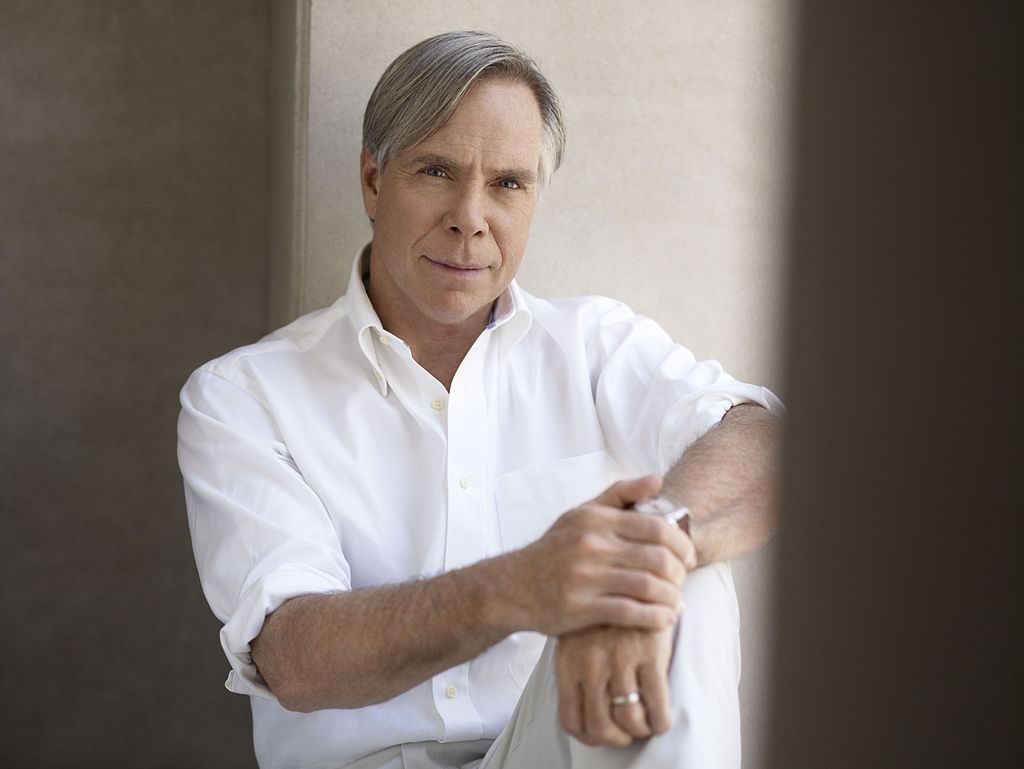
It has been almost surreal, for the past eight years, to see the changing perception of the autism spectrum — especially in the media. From having been either a punchline or a stereotype in the media to now being fully-fleshed, well-portrayed, multidimensional characters who are more than their so-called disability, the view on autism and the spectrum has come a long way, as the prevalence rate has increased.
Indeed, looking at the evolution from Raymond Babbitt in “Rain Man” to Dr. Shaun Murphy on “The Good Doctor” and Julia, the first autistic character on “Sesame Street” really gives me some level of hope that the stigma of being on the spectrum will slowly break apart.
And then there are groups like Autism Speaks that completely ruin my rosy view, making my hopes for a greater understanding fade into the realization that we will never be able to shake the stigma entirely.
Now, on the surface, it looks like I should support Autism Speaks due to them funding tons of autism research, as well as its status as the top advocacy group for those on the autism spectrum. However, I have made it a point to never associate with them for numerous reasons, and I know plenty of people on the autism spectrum who would agree with me wholeheartedly.
First, for people who are fortunate enough not to know what Autism Speaks is, I will quickly explain. Autism Speaks founders Bob and Suzanne Wright made their mission to look for and promote solutions needed to help everyone across the wide spectrum of autism and investigate better interventions. However, the first concern I have with this organization is one of the three organizations that were not only Autism Speaks’ offshoot but ended up merging with them: Cure Autism Now.
As the name suggests, “Cure Autism Now” portrayed autism as a disease that could be cured rather than a natural part of the person’s identity. Indeed, the overall medical opinion is that autism and other conditions on the spectrum are disorders that can be treated. While that is technically true, and some side effects of autism such as sensitivity to sounds and lights can be lessened, by no means is autism a disability. Despite this, however, the main focus of Autism Speaks is to not come to acceptance, but rather, to find a cure, to create “normalcy.” See what I’m talking about?
On top of that, Autism Speaks claims to be focussed more on research over advocacy. However, according to their own 990 Non-Profit Tax Exemption Form, a large portion of their funding — 42 percent to be exact — goes to lobbying and “advocacy.” Though, as stated before, their advocacy is not really helping the autism community; in fact, it’s promoting many of the stigmas that the community is seeking to shake. Indeed, it creates the perception that people on the spectrum, no matter where they lie, are anomalies in everyday life.
Considering, too, that the organization is called “Autism Speaks,” you would think that the majority of people on the board of the organization are on the spectrum, but you would be wrong. Of the 29 active board members, only two of them are on the spectrum. And of those 29, 19 are actually members of major corporations, including designer Tommy Hilfiger, who has associated his brand with the organization since his daughter’s diagnosis, even appearing in ads for Autism Speaks.
When Autism Speaks decides to do research, even though they tend to research the wrong things, they have also had to put their metaphorical feet in their mouths due to outdated statements. In the past, I have mentioned Andrew Wakefield’s infamous “study” regarding the linkage of the MMR vaccine to autism, and how, in 2011, Lancet, the medical journal which first published those findings, completely retracted it, along with every study based on it. Autism Speaks would not do the same until 2015, and even then, acting after devoting a massive amount of financial resources to it and changing the language to prevent a measles outbreak.
Their position prior, which was published in 2013, read, “it remains possible that, in rare cases, immunization may trigger the onset of autism symptoms in a child with an underlying medical or genetic condition.” However, the positions of the people who resigned during this time were clear: vaccines didn’t cause autism, and yet, Autism Speaks was unwilling to make a statement supporting it.
So, enough of my complaining about this “advocacy group.” The important thing is what can be done to combat Autism Speaks. Well, two things. On top of boycotting companies who support Autism Speaks, such as Tommy Hilfiger, you can cut your funding to Autism Speaks and instead, contribute money to other organizations, such as the Autism Self-Advocacy Network, founded and run entirely by people on the autism spectrum, and also to support the Yellow Feather Fund, created by Sesame Workshop.
I bring up the Yellow Feather Fund due to the character of Julia on “Sesame Street,” the first autistic Muppet character and a landmark in children’s television. Based on the episodes that she has played a part in and numerous interviews, it is clear that “Sesame Street” not only heavily researched autism but has a full focus on letting people, especially young children, normalize autism and other spectrum disorders, which is, in the end, what all members of the spectrum community want: acceptance. I’ll even go so far as to say that a petition should be created to make Julia a main character. A little foreshadowing, maybe?
Autism Speaks is nothing more than an autism pity party. They don’t speak for me or anyone else on the spectrum, and in a month where Autism Awareness is essential, it’s even more essential to understand the roles of these organizations. Leave this job to those who understand.

